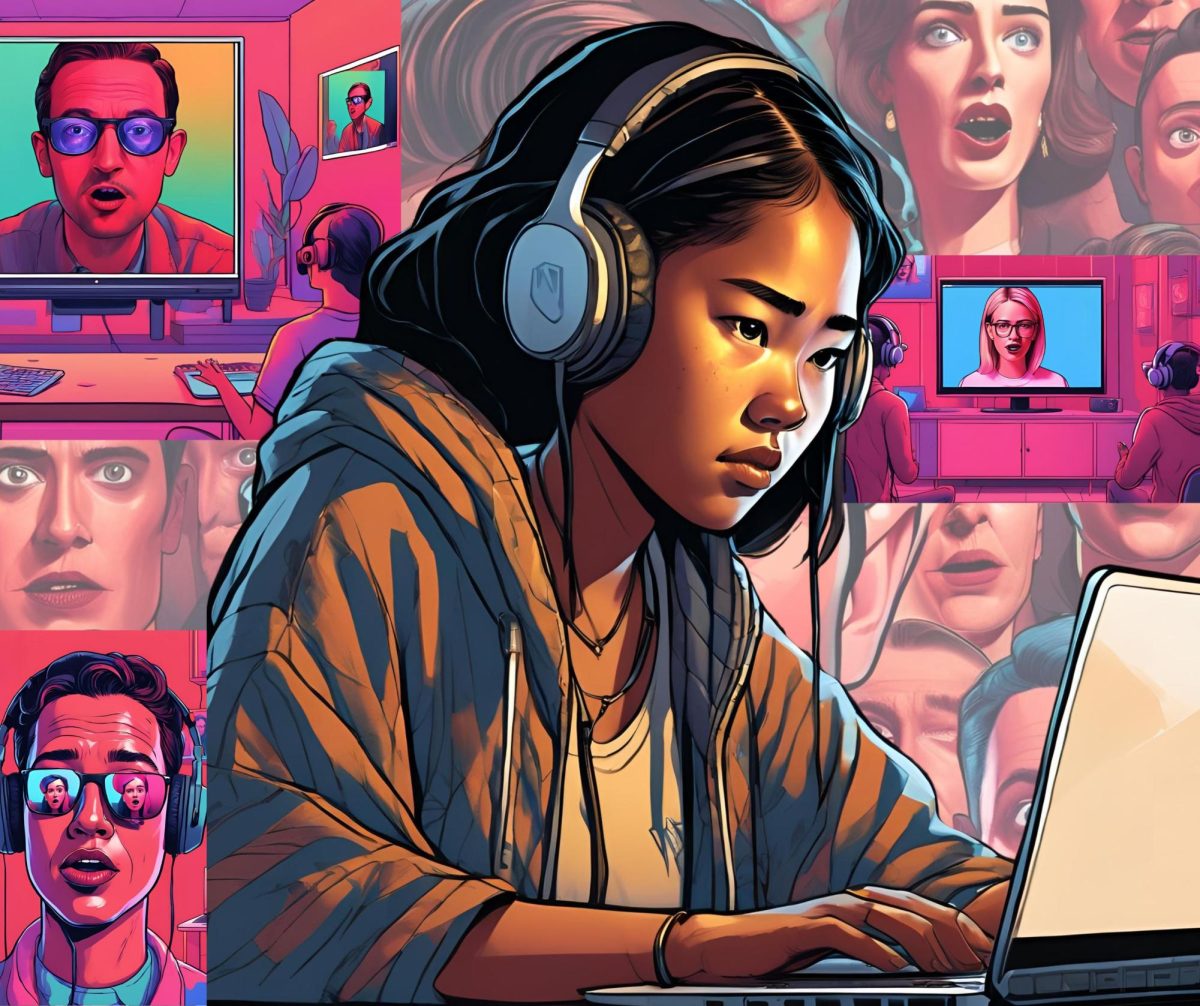They look real. Sound real. But they’re not.
A growing number of fake videos that are made with computers are spreading across the internet showing people saying or doing things they never did, with the help of Ai. These videos are known as deepfakes, and are causing major concern around the world.
At first, deepfakes were just fun internet tricks, like putting a friend’s face doing something funny. But now, the technology has become so advanced and easy to use that it’s being used for more harmful purposes. And many people cannot tell what’s real and what’s not.
In recent months, fake videos of politicians have gone viral, showing them making false statements. Some were even timed to appear right before elections, sparking fear, confusion, and outrage before the truth could come up.
Even worse, some scammers are using deepfakes to impersonate loved ones or coworkers, tricking people into sending money or sharing personal information.
Lawmakers and tech companies are trying to respond. Some websites are adding warning labels to suspicious content. Others are working on tools to catch Ai videos automatically. But the problem is growing fast.
Experts say that one solution may be public awareness. If more people learn how deepfakes work and how to question what they see online it may become harder for fake content to fool them.
As deepfakes continue to blur the line between fact and fiction, one thing is clear; in today’s digital world, seeing is no longer believing due to the problem of Ai.








